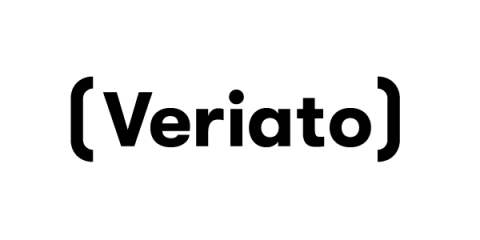Security | Threat Detection | Cyberattacks | DevSecOps | Compliance
Technology
Gravity Overview
Five Ways AI is Cutting Costs in Start-Ups and Small Businesses
Companies of various sizes have embraced the concept of the lean startup. Organizations are continually looking for ways to save money and stretch limited budgets to the max. Thanks to the growth in diverse applications of artificial intelligence, technology is helping companies achieve this goal.
Survey: 84% of Security Pros Said Their Organizations Struggled to Maintain Security Configurations in the Cloud
Headlines continue to suggest that organizations’ cloud environments make for tantalizing targets for digital attackers. Illustrating this point, the 2019 SANS State of Cloud Security survey found “a significant increase in unauthorized access by outsiders into cloud environments or to cloud assets” between 2017 (12 percent) and 2018 (19 percent). These findings beg the question: how prepared are organizations to defend themselves against cloud-based threats?
Forensics in the Cloud: What You Need to Know
Cloud computing has transformed the IT industry, as services can now be deployed in a fraction of the time that it used to take. Scalable computing solutions have spawned large cloud computing companies such as Amazon Web Services (AWS), Google Cloud and Microsoft Azure.
Protecting Modern IoMT Against Cybersecurity Challenges
Even though the healthcare industry has been slower to adopt Internet of Things technologies than other industries, the Internet of Medical Things (IoMT) is destined to transform how we keep people safe and healthy, especially as the demand for lowering healthcare costs increases. The Internet of Medical Things refers to the connected system of medical devices and applications that collect data that is then provided to healthcare IT systems through online computer networks.
IoT Devices - Why Risk Assessment is Critical to Cybersecurity
As technology continues to pervade modern-day society, security and trust have become significant concerns. This is particularly due to the plethora of cyber attacks that target organizations, governments and society. The traditional approach to address such challenges has been to conduct cybersecurity risk assessments that seek to identify critical assets, the threats they face, the likelihood of a successful attack and the harm that may be caused.
Multi-Cloud Security Myths
Protecting your home from physical and cyber attacks
By 2025, it is estimated that there will be over 64 billion IoT devices around the world, with an increasing number being used around the home by mainstream consumers. Although these devices offer convenience and ease, homeowners need to be responsible for ensuring their security and safe upkeep. In the same way that homeowners add security systems to protect the physical aspects of a property, taking steps to improve the security of IoT devices will keep connected smart systems safe from attack.








